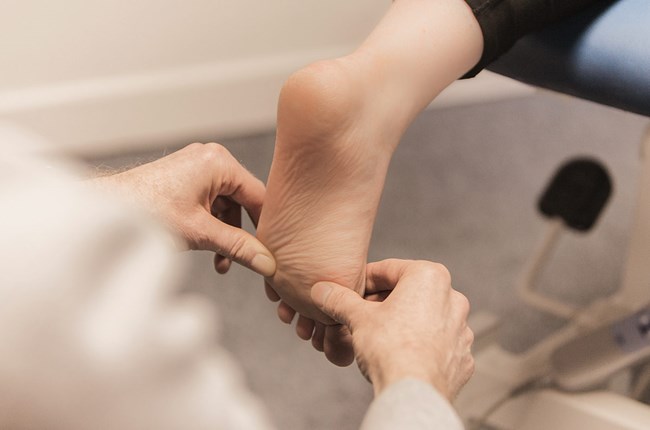Hallux Limitus vs Hallux Rigidus
'Hallux' is the medical term for the big toe. When there is stiffness in the big toe joint it is called 'Hallux Limitus'. When the big toe possesses no motion at all, it is termed 'Hallux Rigidus'. Sometimes the big toe joint may appear to have normal motion when non-weightbearing, but this motion can be limited when weight is on the foot and when walking. This is termed 'functional Hallux limitus', because it occurs during the normal functioning of the foot while walking. As with many conditions that affect the foot, functional conditions progress to structural deformities. As the condition progresses, a degenerative type of arthritis develops in the big toe joint.
When there is jamming in the big toe joint it can also cause callus underneath the joint or bone spurs on top of the joint.
SYMPTOMS
- Pain with motion, walking, running.
- Pain associated with vigorous activity
- Pain and tenderness when pressure is applied to the affected area
- Inflammation of joint, redness of the affected area.
- Deformity of associated joints.
DIAGNOSIS
Diagnosis occurs following a clinical examination.
X-ray and other methods of internal body scanning allow the type of arthritis to be determined. Blood testing may also offer your doctor which type of arthritis is being suffered.


